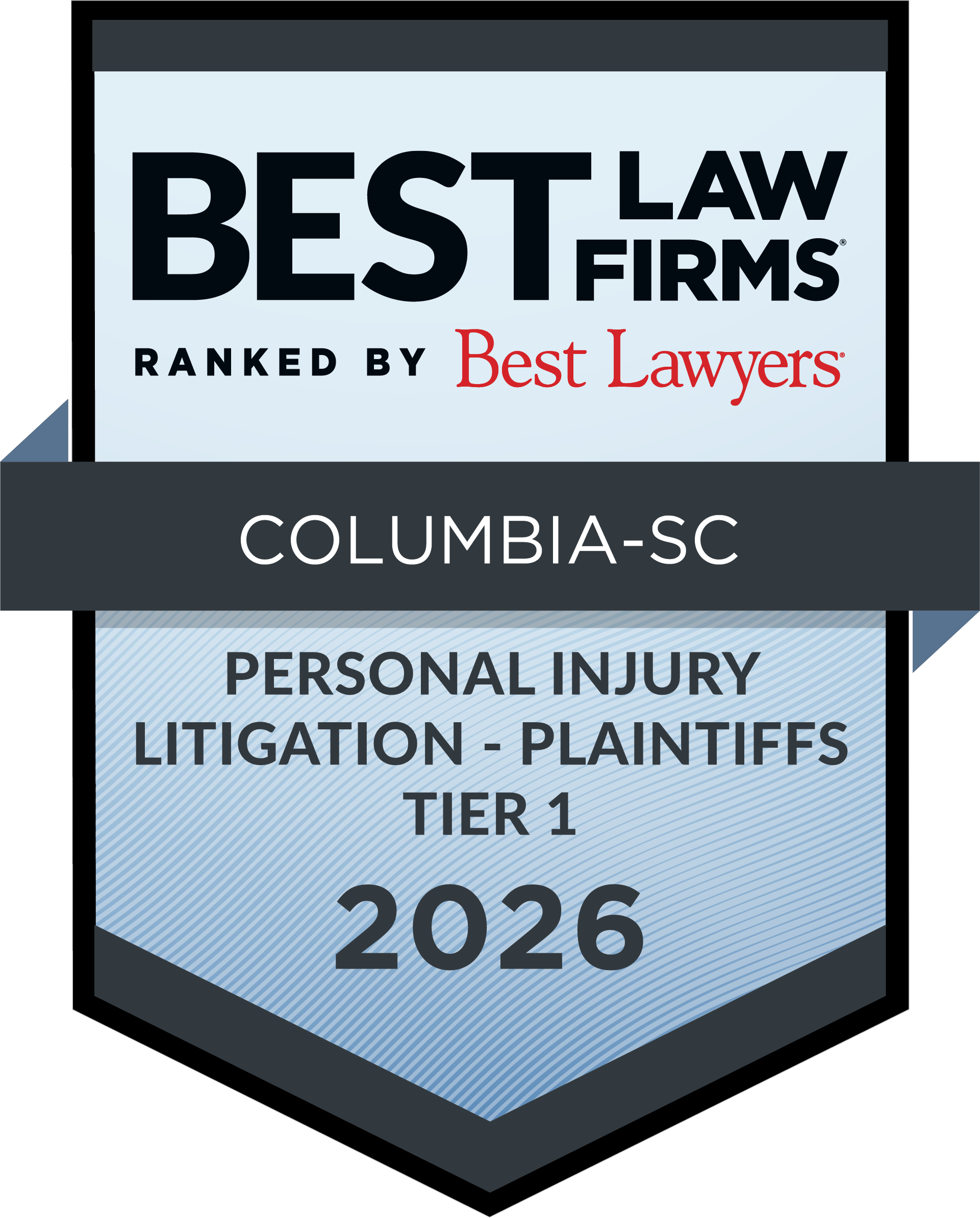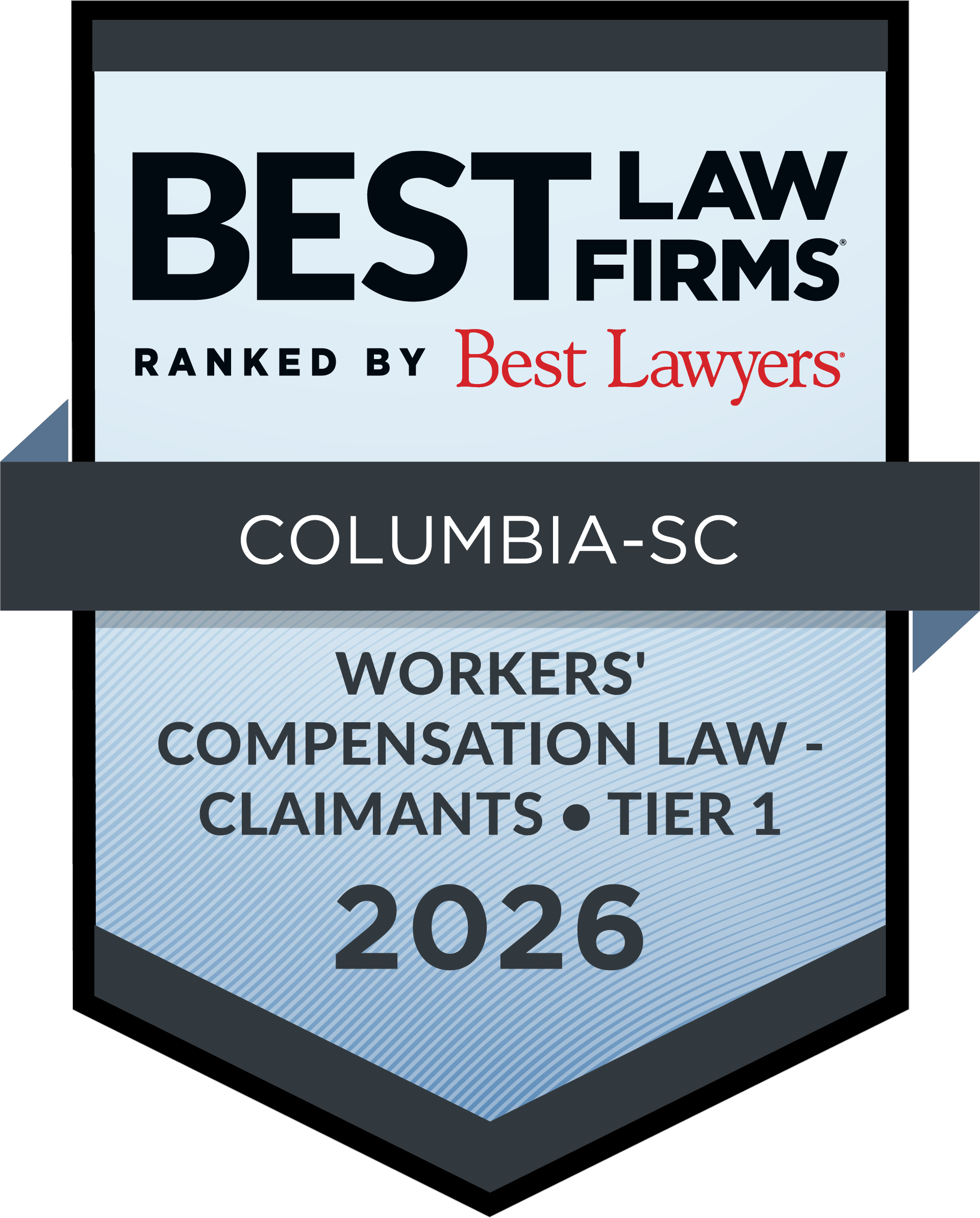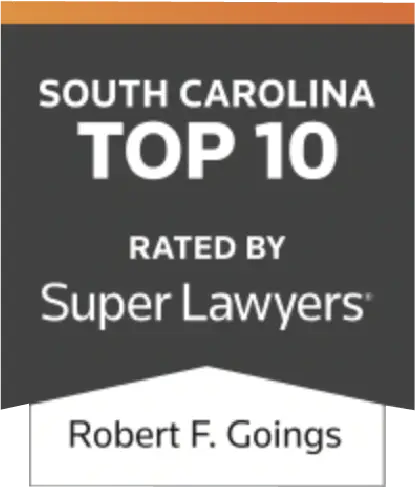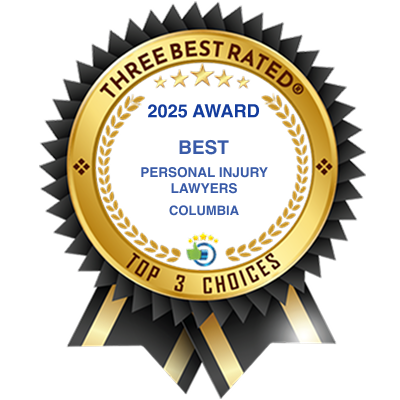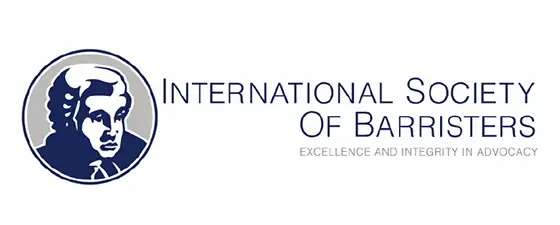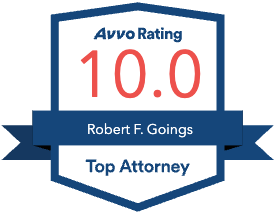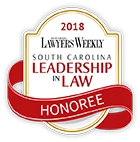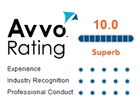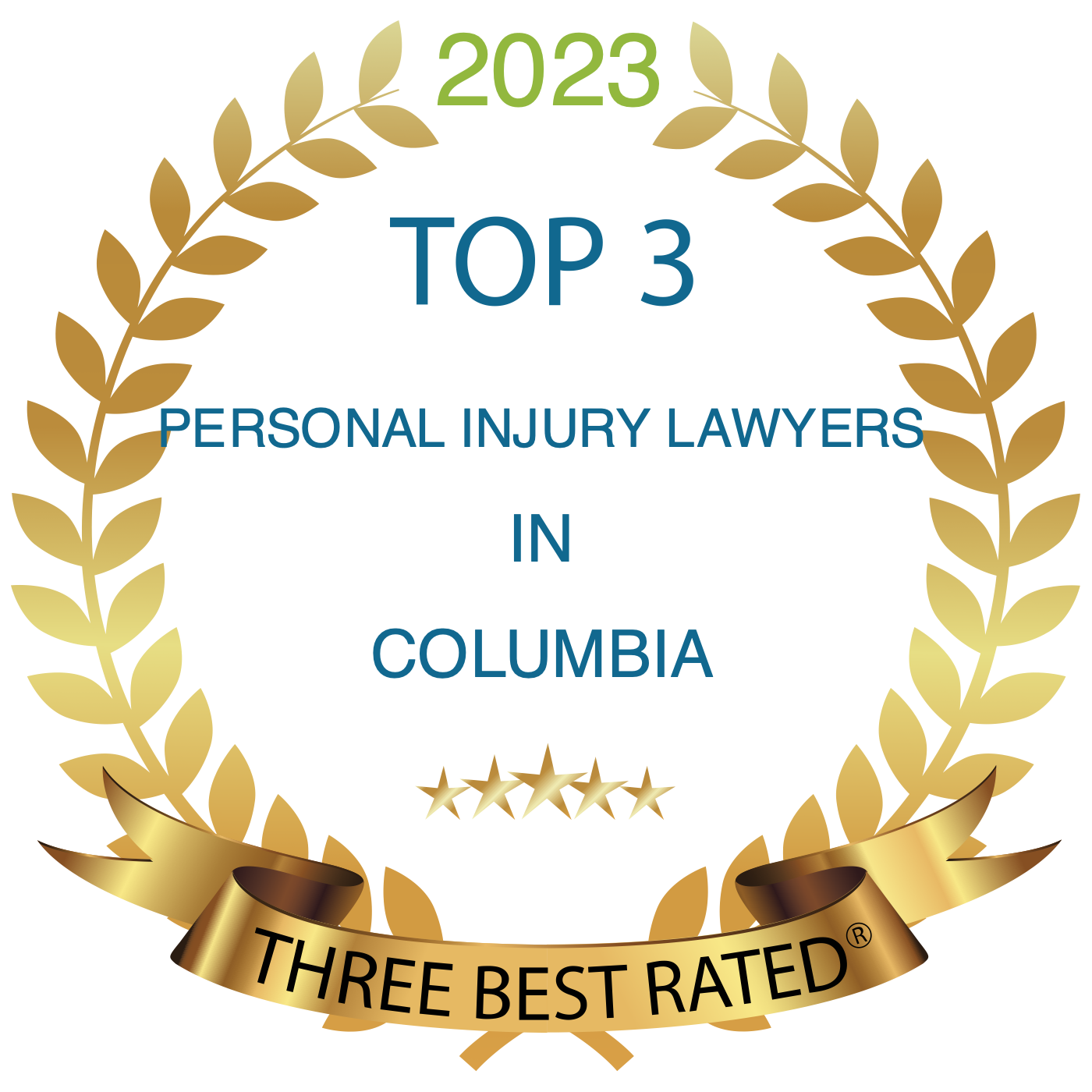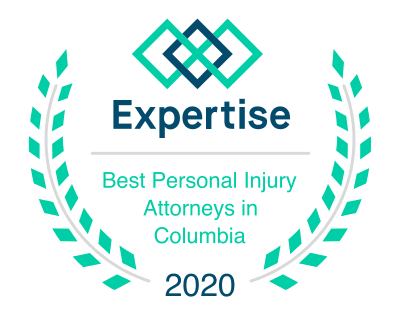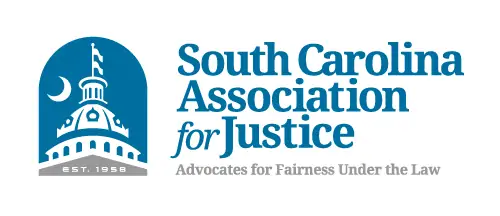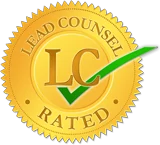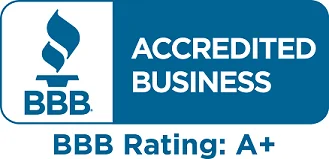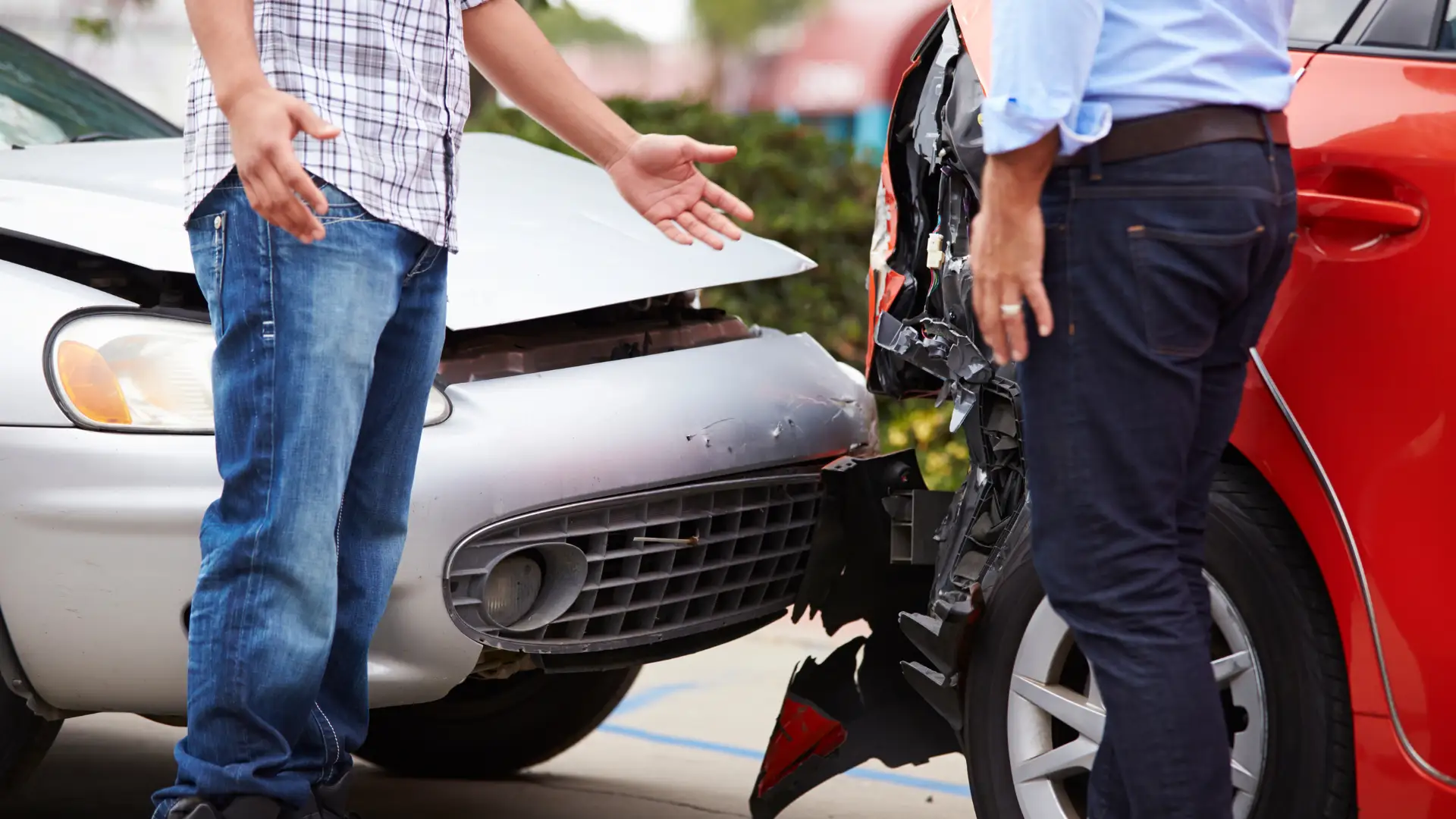
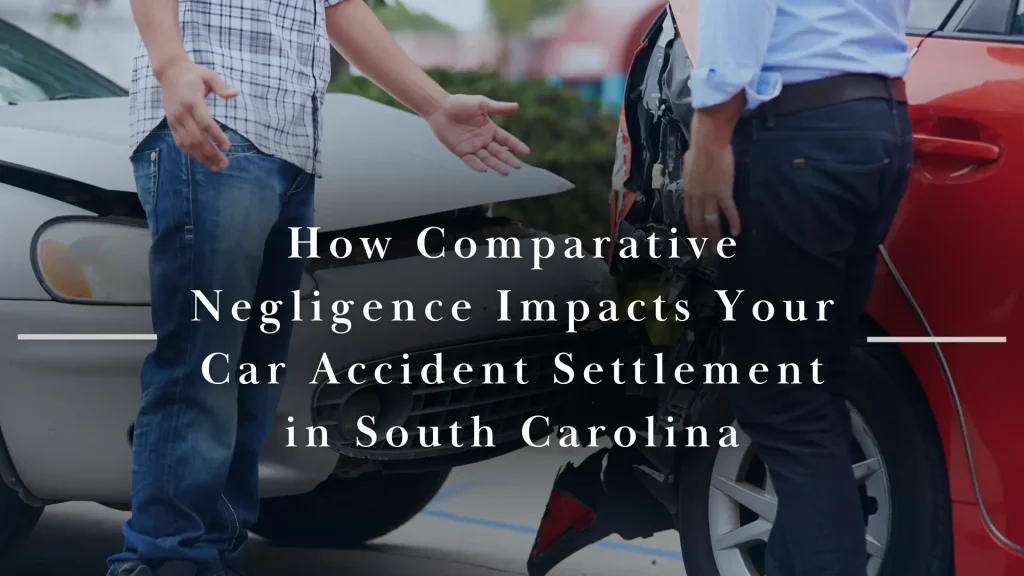 If you’ve been in a car accident in South Carolina, the state’s comparative negligence system will determine how much compensation you can recover. Under this rule, any percentage of fault assigned to you in court will reduce your award at trial. The court cannot award you compensation if you exceed a certain fault threshold. Here’s what you need to know about this rule—and why getting help from an experienced South Carolina personal injury lawyer is essential.
If you’ve been in a car accident in South Carolina, the state’s comparative negligence system will determine how much compensation you can recover. Under this rule, any percentage of fault assigned to you in court will reduce your award at trial. The court cannot award you compensation if you exceed a certain fault threshold. Here’s what you need to know about this rule—and why getting help from an experienced South Carolina personal injury lawyer is essential.
How comparative negligence works in a South Carolina car accident case
To understand how comparative negligence works in your case, you must first understand what it is. This term refers to a legal principle that prevents defendants from having to pay for the portion of the accident that wasn’t their fault. A court will review the evidence in your case and assign each involved party a percentage of fault. It will then reduce whatever compensation it awards you based on the rate you contributed to the accident.
How Comparative Negligence Affects Settlement Claims
What does this mean for you? It means that if you’re found partially at fault in the crash, your compensation in personal injury claims is reduced by your percentage of fault. For example, if you are found 20 percent at fault, your compensation is reduced by 20 percent. Your hypothetical award of $100,000 would be reduced to $80,000.
South Carolina has an additional rule, the 51 percent rule. Per the modified comparative negligence rule, or SC Code § 15-38-15, you can only recover compensation if you are found less than 51 percent at fault. That means if you are found to hold the majority of fault, you will be barred from financial recovery even if you are seriously hurt.
This makes it vital to prove fault in the other driver, especially given how comparative negligence in South Carolina car accidents can significantly impact the outcome of your claim and the personal injury steps you need to take to secure fair compensation.
How Courts Assign Fault
Courts act as fact finders, reviewing the evidence presented to them at trial to assign fault. In a car accident case, this evidence might include:
- Photos and videos
- Eyewitness statements
- Vehicle damage
- Toxicology reports
- Accident reconstructions
The court will weigh each driver’s actions to determine each party’s negligence percentage. This number is critical in your claim.
Tips to Protect Yourself in a Shared Fault Accident
Stay calm, cool, and collected in any car accident scenario as much as possible. Understandably, your heart will be racing, and you’ll have all sorts of emotions running through your body—but keeping calm and knowing the proper steps to take, including reviewing tips to hire a personal injury attorney, can make a big difference in protecting your rights.
That said, there are several things you can do to help protect yourself and make sure additional blame is not assigned to you when it shouldn’t be. You should:
- Document the Scene: Take photos and videos of the vehicle damage and any debris left around the scene. Be sure to collect the witness’s names and contact information, and ask for a copy of the police report.
- Do not Admit Fault: It’s okay to be polite, but never say, “I’m sorry,” or “It was my fault,” or any statements that can sound like you’re accepting blame. These statements will be used against you.
- Seek Medical Attention: Even if you feel okay, seek medical attention. Any records of injuries can help establish a link to the accident. Remember, not all injuries are visible or immediately apparent.
- Speak to a Lawyer: Before you talk to anyone, especially an insurance company, speak to a lawyer who knows South Carolina car accident laws. They can handle your case while you focus on getting better.
Insurance Company Tactics
Insurance adjusters are one of the parties involved in an investigation to determine who is at fault. Since they are ultimately responsible for paying out a claim, it should be no surprise that they will try to increase your fault percentage to decrease the amount your claim costs them. They will:
- Minimize your injuries
- Claim you weren’t following all the laws
- Say you were distracted
The best way to prevent them from taking advantage of you is to contact a lawyer. A South Carolina car accident attorney can challenge these tactics to protect your right to fair compensation.
Does South Carolina Follow Contributory Negligence?
 Before introducing comparative negligence rules, most states followed contributory comparative negligence in personal injury cases. Under this rule, any party found to be even one percent at fault is barred from recovering financial compensation. That means if there was a split liability accident, where one driver was speeding and another ran a red light, both parties acted negligently, and therefore neither will receive compensation.
Before introducing comparative negligence rules, most states followed contributory comparative negligence in personal injury cases. Under this rule, any party found to be even one percent at fault is barred from recovering financial compensation. That means if there was a split liability accident, where one driver was speeding and another ran a red light, both parties acted negligently, and therefore neither will receive compensation.
However, the good news is that South Carolina does not follow a contributory negligence rule. Instead, our state uses a modified system based on comparative negligence in South Carolina car accidents that is generally more favorable to accident victims.
Why Legal Help Matters in a Shared Fault Crash
Under South Carolina law, every percentage point matters. The difference between 50 and 51 percent can mean receiving something or nothing. A lawyer can help you fight to keep your fault percentage as low as possible after a car accident where you share partial blame.
At Goings Law Firm, LLC, we know the car accident negligence laws in South Carolina and how to use them to protect your rights. We have years of experience handling car wreck responsibility cases across South Carolina. As a local law firm, we don’t treat our clients like high-volume firms who pass you from person to person when you need answers. Instead, we deliver hands-on legal representation with a lawyer who will handle your case from start to finish.
Let Goings Law Firm, LLC fight for you. We understand the physical and emotional toll a car accident can have on you. That’s why we offer compassionate legal support. Call (803) 350-9230 or reach us through our contact form to schedule a free consultation. We’re here to help you understand your options and demand the full amount you deserve.
Related Posts
What Happens After a Mediation Settlement?
What to Do After a Car Accident- Best Advice!



